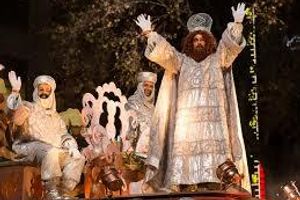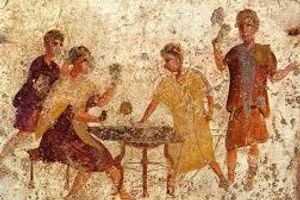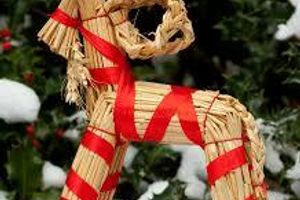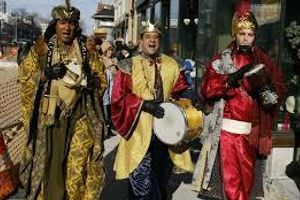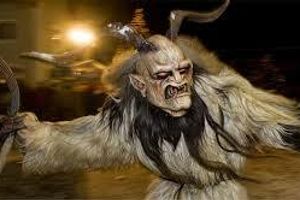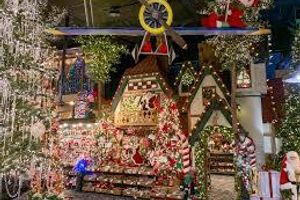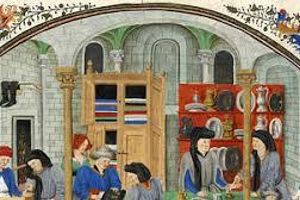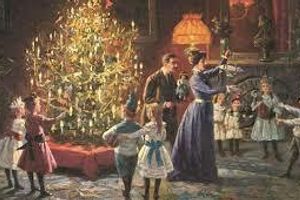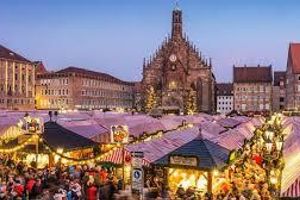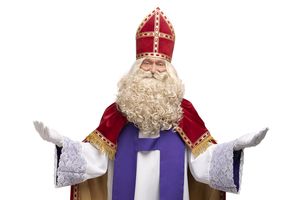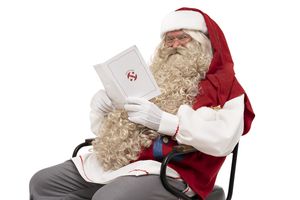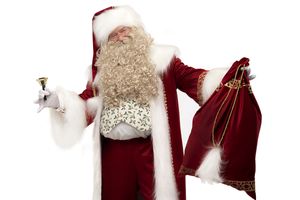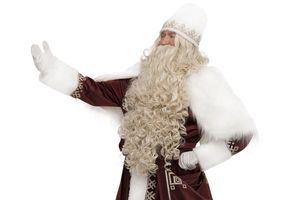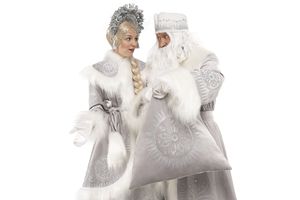The History of Christmas: From Pagan Celebrations to Christian Tradition
Christmas is one of the most beloved and anticipated holidays in many countries worldwide. Today, this holiday is associated with the birth of Jesus Christ, but its roots go much deeper, into times before the rise of Christianity. The history of Christmas is a fascinating journey through the ages, encompassing both pagan rituals and Christian traditions.
Pagan Roots of Christmas
Winter Solstice Celebrations
Before the rise of Christianity, many cultures celebrated the winter solstice – the shortest day and longest night of the year. This holiday symbolized the birth of a new sun and the return of light. For example, in the Roman Empire, this festival was known as Saturnalia, dedicated to the god Saturn. Saturnalia lasted from December 17 to 23 and included feasts, gift-giving, and carnival-like celebrations.
Yule in Scandinavia
In Scandinavian cultures, there was a holiday called Yule, also celebrated during the winter solstice. Yule was dedicated to the god Odin and was marked by numerous rituals, including the burning of large logs (Yule logs) and divination. These traditions have survived and were partially integrated into modern Christmas customs.
Transition to Christian Traditions
Introduction of Christmas in Christianity
With the spread of Christianity, there was a need to adapt existing pagan holidays to the new religion. In the 4th century, Christmas was officially included in the Christian calendar. In 336 AD, Christmas began to be celebrated on December 25, replacing popular pagan festivals.
Integration of Pagan Traditions
Many pagan traditions were preserved and integrated into the Christian celebration of Christmas. For example, the tradition of gift-giving, setting up Christmas trees, using candles and lights, and feasting all have roots in pagan celebrations. This helped the new religion easily integrate into the cultures of people who already had their own festive traditions.
Modern Celebration of Christmas
Christmas Traditions in Different Countries
The modern celebration of Christmas has many common elements, but also significant differences across various countries. For example, in the USA and many European countries, Christmas is celebrated with many gifts, Christmas trees, and festive dinners. In Mexico, a popular tradition is the Posada – a reenactment of Mary and Joseph's journey.
Saint Nicholas and Santa Claus
One of the most famous symbols of Christmas is Saint Nicholas, who has transformed into the figure of Santa Claus in Western culture. The story of Saint Nicholas comes from a real historical figure – Saint Nicholas of Myra, known for his generosity and help to the poor. Santa Claus, in turn, has become a beloved figure for children worldwide, bringing gifts on Christmas Eve.
Christmas Tree
The tradition of setting up a Christmas tree originated in Germany, where in the 16th century, people began to decorate trees inside their homes. This tradition quickly spread throughout Europe and reached the USA in the 19th century. Today, the Christmas tree is an integral part of Christmas celebrations in many countries worldwide.
Conclusion
Christmas is a holiday that has traveled a long path from pagan rituals to modern Christian traditions. It unites people of different cultures and nationalities, bringing joy and hope. It is important to remember the multifaceted history of this holiday, which makes it even more special and significant.















